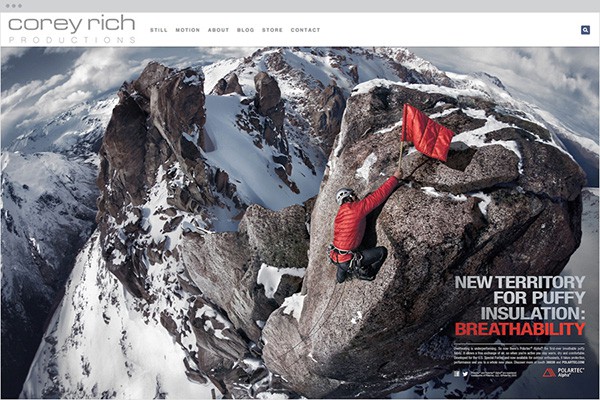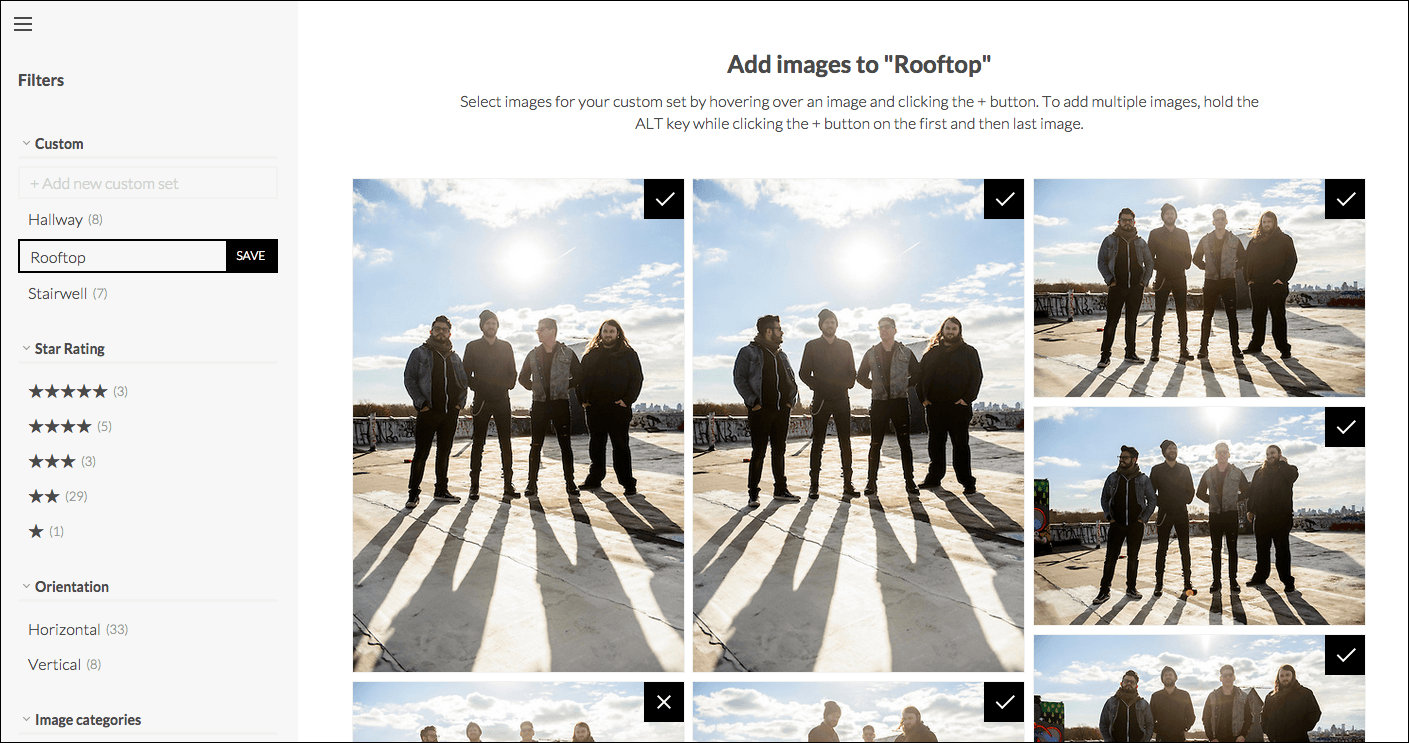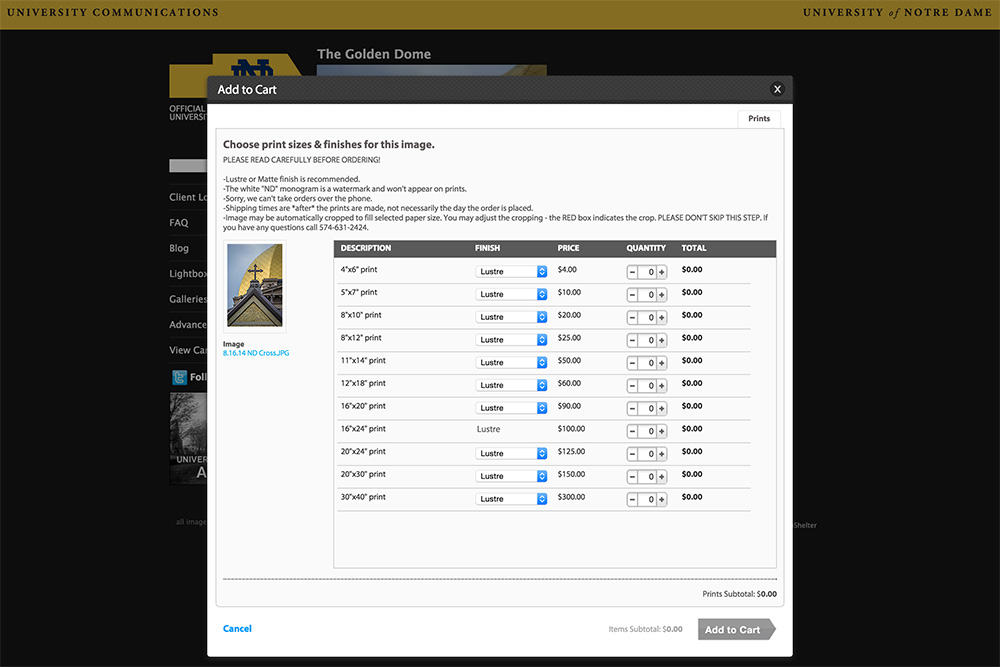Share
Do I Still Need a Website?
Any sensible marketing strategy should necessarily focus on increasing your visibility in places where your intended audience resides. Your persona...

Any sensible marketing strategy should necessarily focus on increasing your visibility in places where your intended audience resides. Your personal website simply is not a daily destination, whereas social media (e.g. Instagram, Facebook, etc) is for many people. For many photographers, social media is a crucial part of their marketing efforts, so the question arises: do you still need a photography website?
In some ways, a website seems like a bit of an anachronism – that thing you struggled to build in the days before smartphones and apps. Yet, for as successful as social media and the app ecosystem have been, there are still a number of reasons to continue to maintain a website:
Control Your Brand
The powerful distribution capabilities of any popular social media platform make them potent marketing tools. But in using them, you are relegated to displaying your content in a branded environment with requisite design constraints. Consider that until two weeks ago, Instagram images solely appeared as squares. Even though this has changed, your single images still appear in Instagram alongside an increasing number of ads. There is no carousel support for individuals, no external linking, and a poor caption reading experience.
The number of images, size, cropping, background color, etc are all constrained by a third party platform – and inevitably these parameters will conflict with how you want your photography to appear. Your personal website is largely free of these issues.
Control Your Rights
The terms and conditions of social media platforms have been covered ad nauseum – and in truth, photographer concerns are generally overblown. Facebook is unlikely to transform itself into Getty Images and start selling your images. On the other hand, you grant most social media platforms a royalty-free license to any image you post. Given the rapid pace of change, an image you upload today could be subsumed into another app or spin-off platform that you find objectionable.
Register your copyright, be selective in where you posts your images, and stay informed on the terms of your participation in social media.
SEO
We live in an increasingly mobile world. Even with the proliferation of apps, we still are incredibly reliant on web search (aka Google) to the tune of 3 billion searches per day. And Google’s current algorithm simply doesn’t serve up social media posts in prominent search result positions.
Thus if you want to be found online, you still need to build an online footprint through your website, blog, and other online mentions. Don’t believe it? Check out your website analytics. The PhotoShelter Blog still receives ⅓ of its traffic from organic search – that means in any given month, people who know nothing of the brand are finding us because of something we wrote online. It’s free marketing and it only exists because there we have a content filled website.
File storage and delivery
Yes, there are numerous tools for delivering files online. But most professionals will tell you that they are woefully lacking in photo-specific workflows. Dropbox might be convenient, but it lacks a client proofing tool. Flickr gives you 1TB of storage, but they won’t handle your RAW files. Flickr might be good for display, but not as a geographically redundant back-up, nor as a file delivery mechanism to your business clients who might require RAWs or PSDs.
Some photographers still view their website solely as a digital portfolio. But it can serve a much more significant purpose for a photo business.
E-commerce
The ability to convert potential clients into paying customers is the holy grail of online conversion. Social Media platforms are simply not designed to sell product despite some early forays. But your personal website can support e-commerce sales. PhotoShelter, for example, allows sales of prints, products, rights-managed and royalty-free stock and integrates with payment systems like Stripe and PayPal.
Getting people to your website is hard work, so you have to make sure there is something for your customers to do other than browse photos.
…But Make Sure Your Website is Mobile-Friendly
Over half of all Internet consumption time is through mobile devices. Even though the figure is only 33% for all PhotoShelter websites, it doesn’t mean that you should neglect the mobile experience. This number will undoubtedly grow, and you can’t afford to lose website visitors and mobile search rankings simply because your site isn’t optimized for mobile experiences.
***
I haven’t seen anything in industry reports that would lead me to believe the value of a website will be materially diminished in the next five years. Consumption will become increasingly mobile, browsing and discovery will continue to occur through apps on your phone or TV, but websites will still dominate as a standards-based mechanism for information dissemination. In other words, if you’ve neglected that website for a while, it’s time to get on it.





